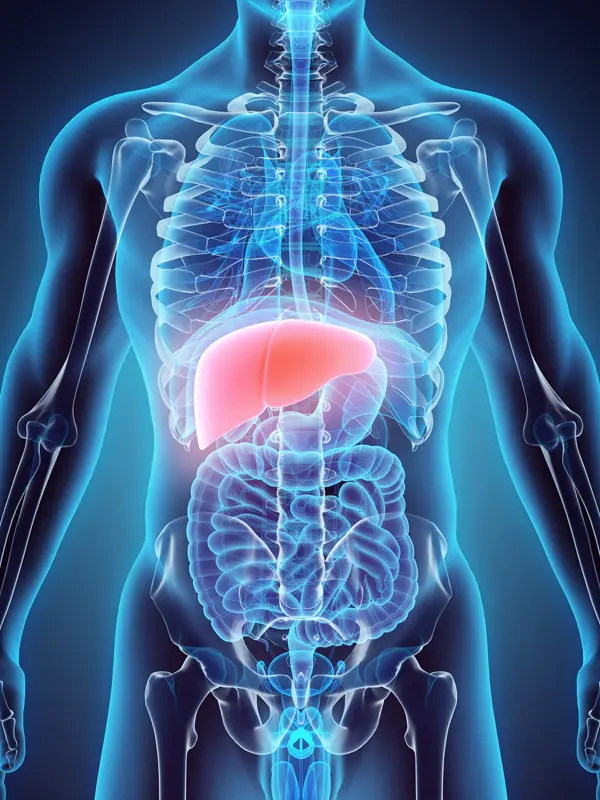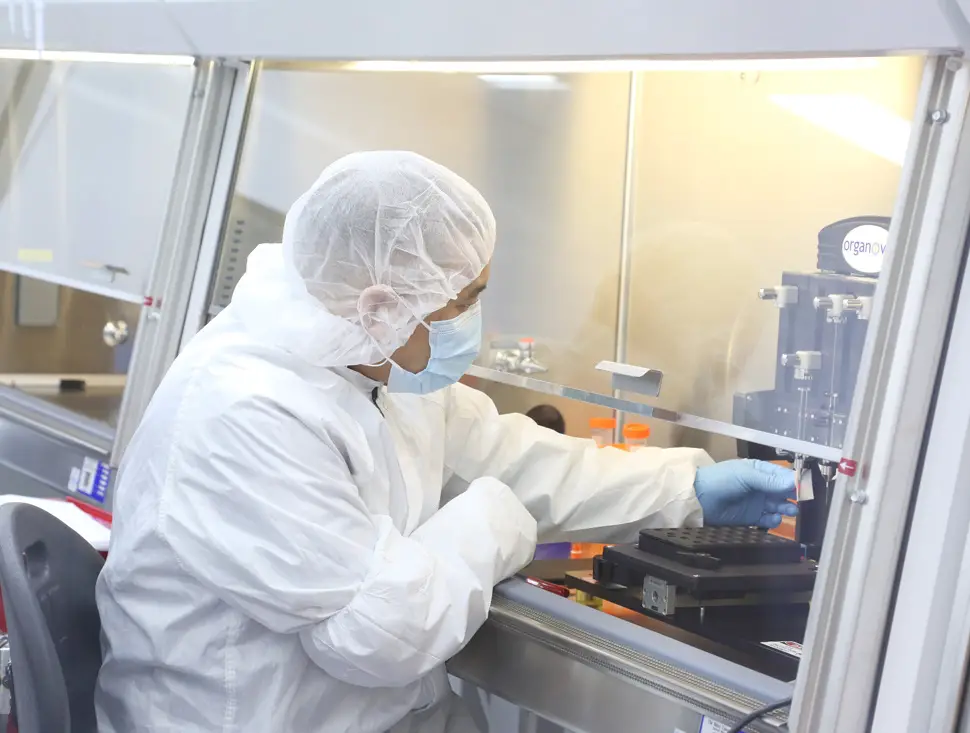
17th October 2016 Biotech firm to develop 3D bioprinted liver tissue for direct transplantation to patients Organovo, a company focused on delivering scientific and medical breakthroughs using 3D bioprinting technology, has announced its plan to develop 3D bioprinted human liver tissue for direct transplantation to patients.
Organovo is announcing its program to develop 3D bioprinted human liver tissue based on the achievement of strong results in preclinical studies that used animal models. These demonstrated engraftment, vascularisation and sustained functionality of bioprinted liver tissue, including stable detection of liver-specific proteins and metabolic enzymes. The company expects to pursue this opportunity with a formal preclinical development program. For patients in need of a liver transplant, no robust alternatives exist today. Approximately 17,000 patients are on the U.S. liver transplant waiting list, but only 6,000 liver transplants are performed each year. Organovo plans to develop clinical solutions in two initial areas. First, acute-on-chronic liver failure (ACLF) is a recognised and distinct orphan disease entity encompassing an acute deterioration of liver function in patients with liver disease, which affects 150,000 patients annually in the United States. Second, paediatric metabolic liver diseases are another orphan disease indication where a bioprinted liver tissue patch may show therapeutic benefits. The total addressable market opportunity for these initial indication areas exceeds $3 billion. Assuming development progresses according to its plan, Organovo intends to submit an Investigational New Drug application to the U.S. Food and Drug Administration (FDA) for its therapeutic liver tissue in three to five years. Organovo will seek breakthrough therapy designation, clinical development outside the United States, and other opportunities to help accelerate time to market. The company will also present more detailed preclinical results at upcoming scientific conferences.
"We're excited to introduce an implantable bioprinted liver tissue as the first preclinical candidate in our therapeutic tissue portfolio, and see the early results as extremely promising," said Keith Murphy, CEO of Organovo. "The scientific and commercial progress we have already made with ExVive Human Liver Tissue in drug toxicity testing has given us a firm foundation upon which to build a larger tissue for transplant. Advancing our first therapeutic tissue into preclinical development is an important milestone for Organovo, and it speaks to the power of our technology platform in addressing multiple applications, including preclinical safety, disease modelling and tissue replacement products for surgical implantation. We believe that 3D bioprinted tissues have an opportunity to provide options for patients who suffer from liver disorders." "Organovo's approach is designed to overcome many challenges that cell therapies and conventional tissue engineering have struggled to address – including limited engraftment and significant migration of cells away from the liver," said Eric Michael David, M.D., J.D., chief strategy officer and executive vice president of preclinical development. "In our preclinical studies, we deliver a patch of functional tissue directly to the liver, which integrates well, remains on the liver and maintains functionality. We believe our tissues have the potential to extend the lives of patients on liver transplant lists, or those who do not qualify for transplants due to other factors." "Supply issues are a constant and growing challenge in transplant medicine and liver has the second highest transplant need among all organs," commented David A. Gerber, M.D., FACS, Professor of Surgery and Chief of Transplant Surgery, UNC School of Medicine. "New solutions in development, such as 3D bioprinted human tissues, have the potential to create tissues that could augment and extend organ function to give more time to those patients on transplant waiting lists. Moreover, we are continuing to push the boundaries and understand how to scale 3D bioprinting and tissue engineering to develop larger tissues." "There are many conditions in areas such as liver, kidney, gastrointestinal, vascular, and lung disease where supplying a tissue patch may be curative, or bridge a patient a few more years before they need a transplant," said Dr. John Geibel, at Yale University. "The promise of 3D bioprinting human tissues to address these unmet needs is significant."
---
Comments »
|








